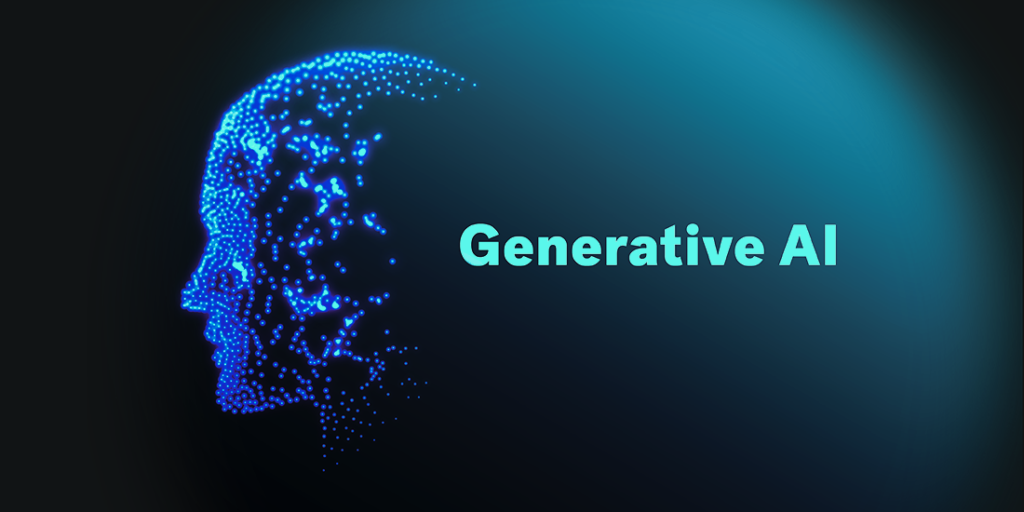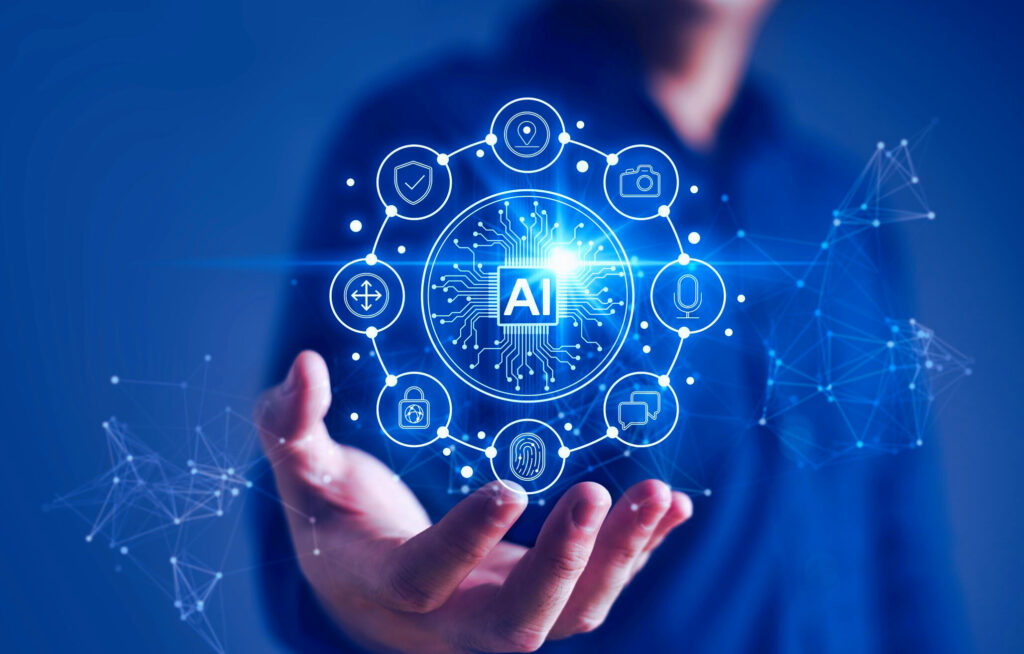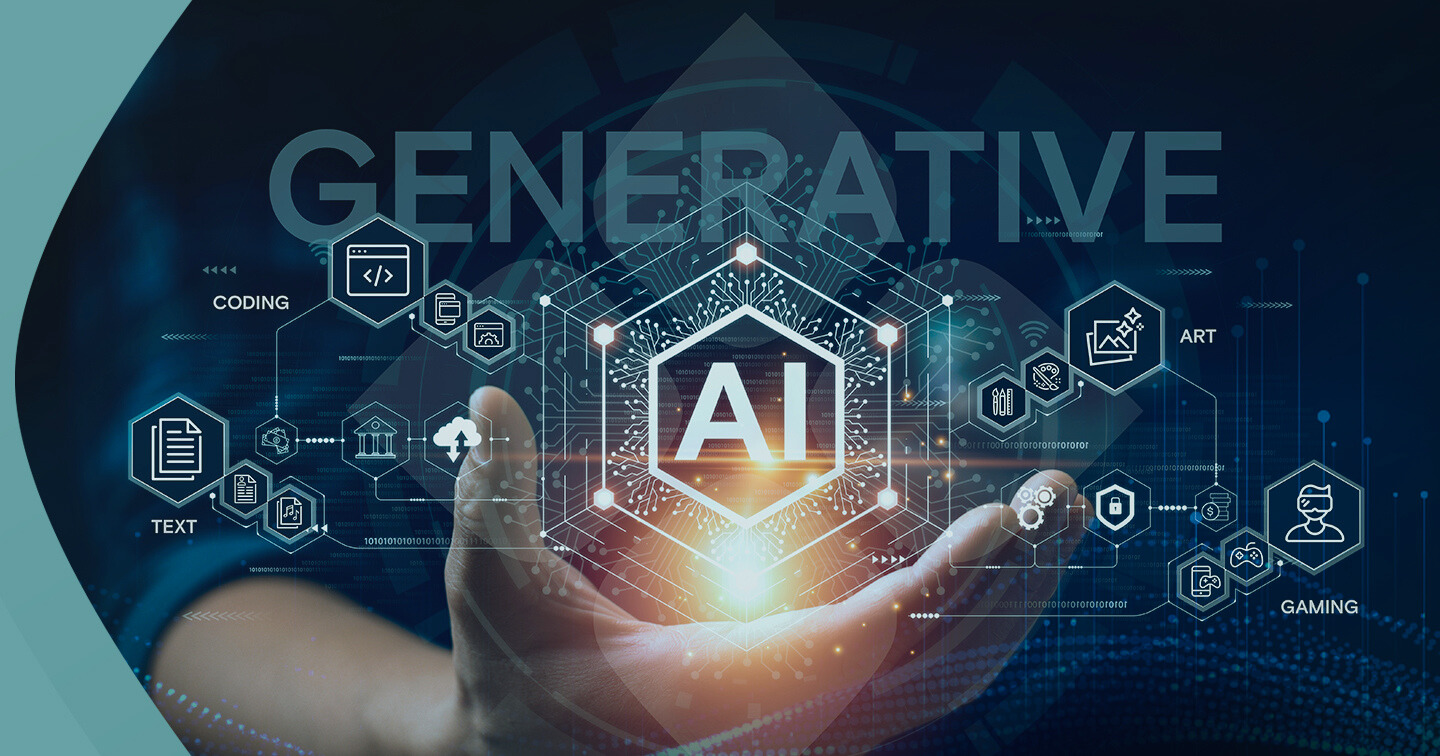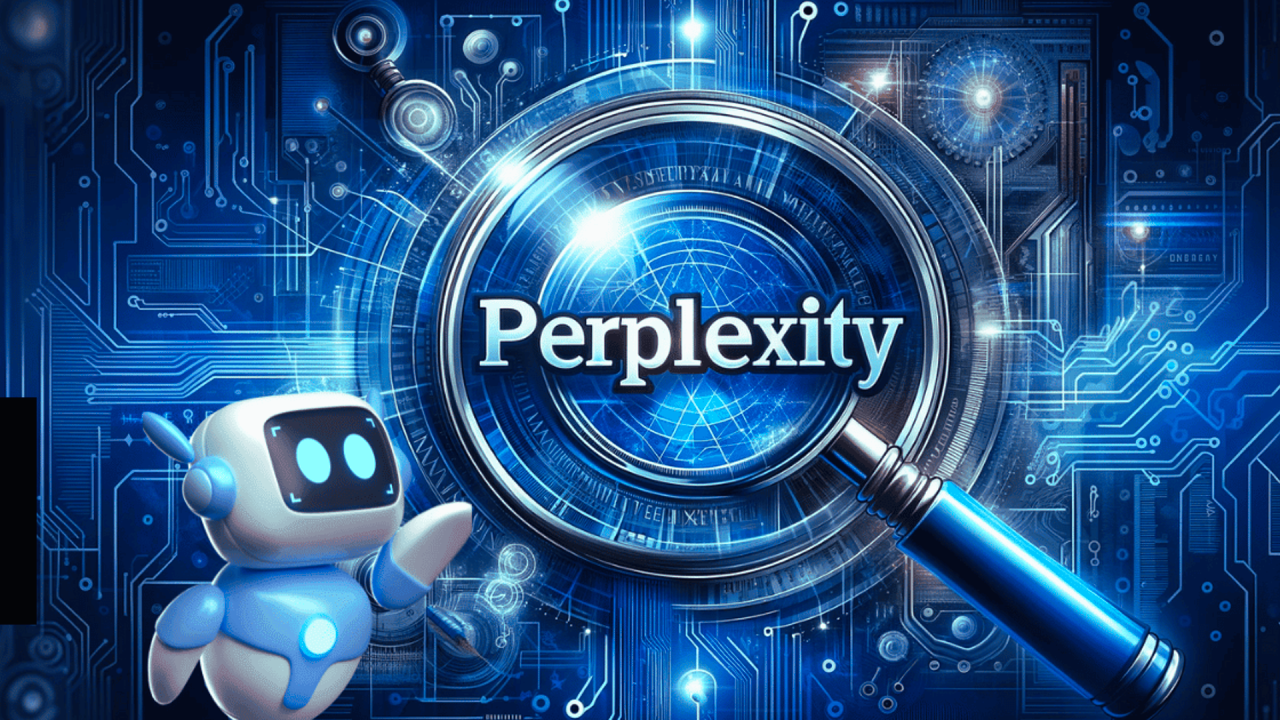
What is Generative AI?
Generative AI refers to a subset of artificial intelligence that focuses on creating new content or data that is similar to existing datasets. Unlike traditional AI models that analyze and interpret data, Generative AI models can generate novel outputs, such as images, text, music, and even 3D models. These models leverage sophisticated algorithms to produce content that mimics human creativity and can be used in diverse applications.
Core Technologies Behind Generative AI
1. Generative Adversarial Networks (GANs)
Generative Adversarial Networks (GANs) are a cornerstone of Generative AI. They consist of two neural networks: the generator and the discriminator. The generator creates new data samples, while the discriminator evaluates them against real data. This adversarial process allows the GAN to refine its output continuously, resulting in highly realistic content.
- Applications: GANs are used in creating photorealistic images, enhancing image resolution, and generating synthetic data for training other AI models.
- Benefits: High-quality content creation, ability to generate diverse outputs, and improvement of existing data quality.
2. Variational Autoencoders (VAEs)
Variational Autoencoders (VAEs) are another key technology in Generative AI. VAEs work by encoding input data into a lower-dimensional representation and then decoding it back to generate new data samples. This approach enables the creation of new content that retains the characteristics of the original data.
- Applications: VAEs are used in generating realistic images, creating artistic designs, and synthesizing new data for machine learning models.
- Benefits: Ability to control the features of generated data, and ease of training compared to GANs.
3. Transformers
Transformers are a type of neural network architecture that has revolutionized natural language processing (NLP) and text generation. These models utilize self-attention mechanisms to process and generate text based on the context provided.
- Applications: Transformers are employed in creating coherent and contextually relevant text, generating human-like responses in chatbots, and translating languages.
- Benefits: Enhanced text generation capabilities, understanding of complex language patterns, and ability to produce high-quality content.
Applications of Generative AI

1. Creative Arts and Media
Generative AI has made significant strides in the creative arts and media industries. Artists and designers are leveraging AI to create unique visual art, music compositions, and literary works.
- Visual Art: AI tools can generate original artwork or assist artists in creating new designs by providing novel patterns and styles.
- Music: Generative AI models can compose music, generate melodies, and even create entire soundtracks, offering musicians new avenues for creativity.
- Literature: AI-driven text generation can produce stories, poems, and other written content, providing writers with inspiration or generating complete works.
2. Healthcare and Medicine
In healthcare, Generative AI is used to advance medical research and patient care. The technology helps in generating synthetic medical data, predicting disease progression, and developing new drug compounds.
- Drug Discovery: AI models can generate potential drug candidates by predicting their interactions and effectiveness based on existing data.
- Medical Imaging: Generative AI improves image resolution and enhances diagnostic accuracy by generating synthetic medical images.
- Personalized Medicine: AI-driven models can create personalized treatment plans by analyzing patient data and predicting responses to different therapies.
3. Business and Marketing
Generative AI is transforming the business and marketing sectors by automating content creation, optimizing advertising strategies, and personalizing customer interactions.
- Content Creation: AI tools generate engaging marketing copy, social media posts, and product descriptions, reducing the need for manual content creation.
- Advertising: AI models optimize ad targeting and generate personalized advertisements based on user preferences and behavior.
- Customer Interaction: Generative AI enhances customer service by creating chatbots that provide accurate and contextually relevant responses.
4. Gaming and Virtual Reality
Generative AI is making waves in the gaming and virtual reality (VR) industries by creating immersive and dynamic experiences for users.
- Game Design: AI models generate realistic game environments, characters, and scenarios, enhancing the gaming experience.
- Virtual Worlds: Generative AI creates expansive virtual worlds and interactive elements, making VR experiences more engaging and realistic.
Challenges and Ethical Considerations

1. Quality Control
One of the primary challenges with Generative AI is ensuring the quality and reliability of the generated content. While AI models can produce impressive results, there is a risk of generating inaccurate or misleading information.
- Solution: Implementing robust validation and quality control mechanisms to verify the accuracy and relevance of the generated content.
2. Bias and Fairness
Generative AI models can inadvertently perpetuate biases present in the training data. This can lead to biased or unfair outcomes, particularly in applications related to hiring, content moderation, and decision-making.
- Solution: Employing diverse and representative training datasets, and implementing fairness audits to identify and mitigate biases in AI-generated content.
3. Intellectual Property
The use of Generative AI in creating content raises questions about intellectual property rights. Determining ownership and originality of AI-generated works can be complex.
- Solution: Establishing clear guidelines and legal frameworks for intellectual property rights related to AI-generated content.
Future Directions of Generative AI
1. Enhanced Creativity and Innovation
The future of Generative AI holds the promise of even greater creativity and innovation. As AI models become more advanced, they will generate increasingly sophisticated and diverse content, pushing the boundaries of human imagination.
2. Integration with Emerging Technologies
Generative AI is expected to integrate with other emerging technologies such as augmented reality (AR) and the Internet of Things (IoT), creating new opportunities for innovation and interaction.
3. Ethical and Responsible AI
The development of ethical guidelines and responsible practices for Generative AI will be crucial in ensuring that the technology is used for positive and beneficial purposes.
Conclusion
Generative AI represents a remarkable advancement in artificial intelligence, offering transformative potential across various domains. By understanding its core technologies, applications, and challenges, we can better harness its capabilities to drive innovation and creativity. As the technology continues to evolve, it will undoubtedly play a pivotal role in shaping the future of numerous industries.



